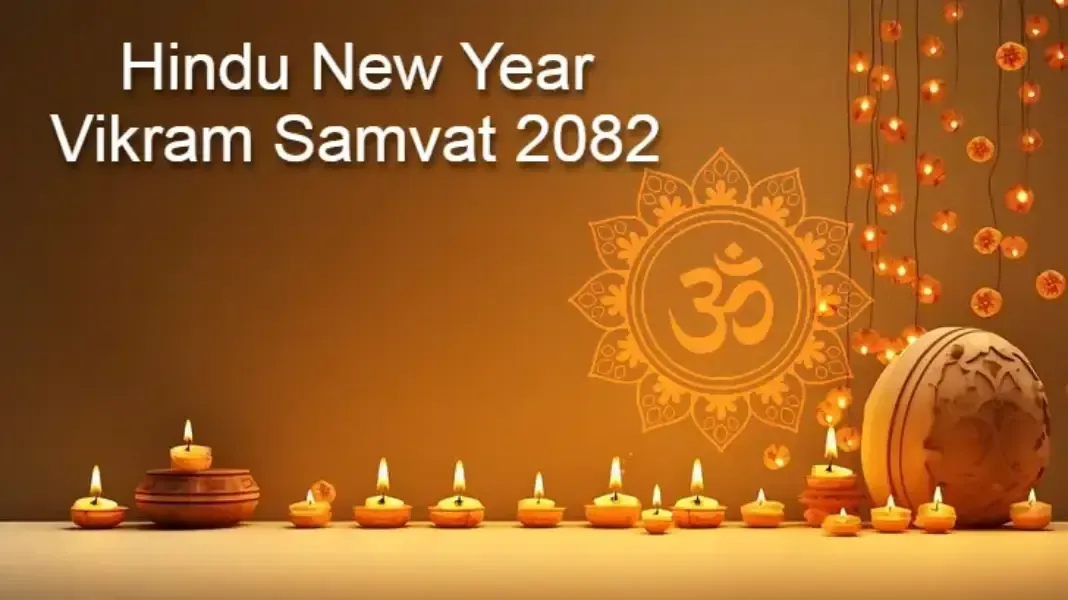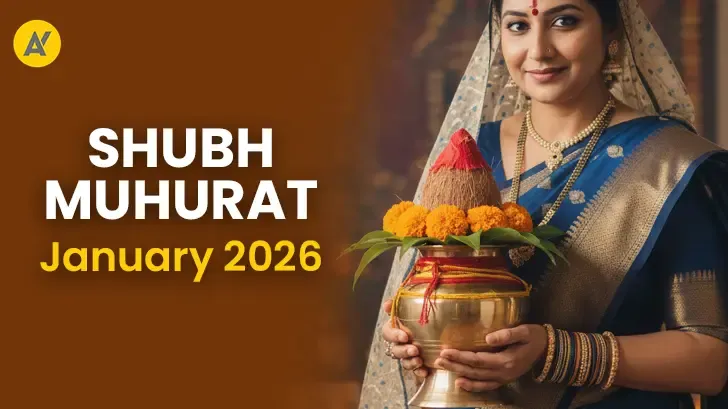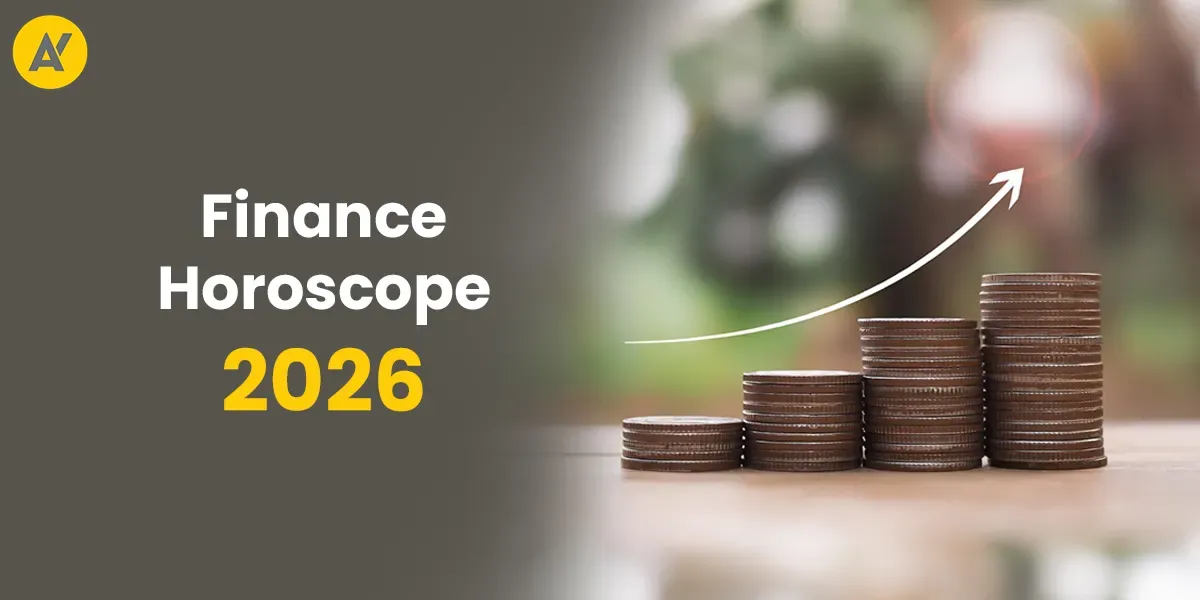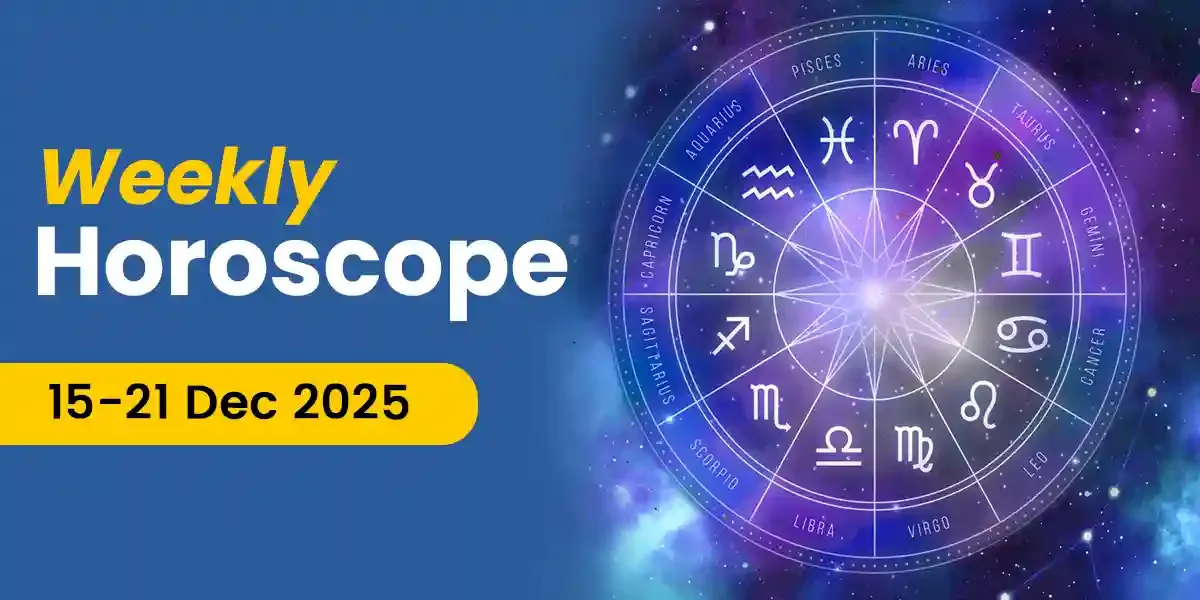
The concept of a 12-month year has its roots in the most ancient Indian scriptures, the Vedas. These texts explicitly state, “A year consists of twelve months”. It was this Vedic insight that laid the foundation for the universally accepted structure of the year as comprising 12 months.
New Year Celebrations in India: Diverse Traditions
While much of the world follows the Gregorian calendar and celebrates New Year’s Day on January 1st, India’s rich cultural diversity means that various communities mark New Year’s Day on different dates. These dates are determined by whether the region follows the Lunar calendar or the Solar calendar.
Solar Calendar Observances
For regions that follow the Solar calendar, New Year’s Day typically falls around Sankranti in January. This event is often celebrated on the 14th or 15th of January and is referred to as Vaishakha in some parts of India.
Lunar Calendar Observances
Regions following the Lunar calendar observe their New Year during the month of Chaitra, which usually falls between March and April. For some Indian communities, a month is calculated from one Sankranti to the next, while others consider the period between consecutive Purnimas (full moons) as a month.
Hindu New Year: Vikram Samvat 2082
For the Hindu community observing the Hindu Lunar calendar, the New Year in 2025 will commence on March 30th and continue until March 19th, 2026. Known as Hindu Nav Varsh or Vikram Samvat, this day holds great agricultural and cultural significance. It marks the end of one harvest cycle and the beginning of another, symbolizing renewal and new beginnings.
Historical Context
The Vikram Samvat calendar was established by the great king Vikramaditya of Ujjain. He introduced this calendar after defeating the Shakas, marking a historic victory.
Key Timings for Vikram Samvat 2082:
Prathama Tithi Begins: 4:27 PM on 29th March 2025
Prathama Tithi Ends: 12:49 PM on 30th March 2025
Why Chaitra Month?
Several factors make Chaitra an auspicious choice for starting the Hindu New Year:
Astronomical Significance: The Sun moves to the Vasant Intersection, the point where the equator and the meridians meet, symbolizing balance and renewal.
Seasonal Shift: This period marks the beginning of spring, a season associated with growth and vitality.
Mythological Importance: It is believed that on this day, Lord Brahma created the universe, marking the start of Satyayuga, the age of truth and righteousness.
Regional Celebrations
Hindu New Year celebrations vary across India, showcasing the country’s cultural richness:
Northern India: Homes are adorned with vibrant flowers in hues of pink, red, purple, and white.
Central India: Orange flags are prominently displayed atop buildings and temples as a mark of celebration.
Traditions Across India: Elders encourage family members to start the day with a challenging task, believed to bring success throughout the year. Special dishes are also prepared to mark the occasion.
Conclusion
The Hindu New Year is more than just a date; it’s a time for renewal, reflection, and celebration. From its Vedic origins to its rich traditions, this day underscores the harmony between cultural heritage, astronomical phenomena, and spiritual beliefs. Embrace the new beginnings, sow new seeds of hope, and consult the best astrologers to make the most of this auspicious time.
Explore More:
Consult the best astrologers on Astroyogi for personalized guidance. Click here to consult now!
Our in-house team of writers comprises of vibrant, like-minded, and curious souls who are passionate about helping people find joy and motivation through the magic of words. Our writers are keen on using their skills to make the study of divination sciences a guiding tool in people's lives. They hold expertise in writing on a myriad of topics related to Indian Astrology, Spirituality, Planetary Movements, Vastu Shastra, Numerology, and Tarot among several others. The Astroyogi team aims to write articles that can help the readers lead a life of peace and tranquility whilst enjoying the many ups and downs of life!


































